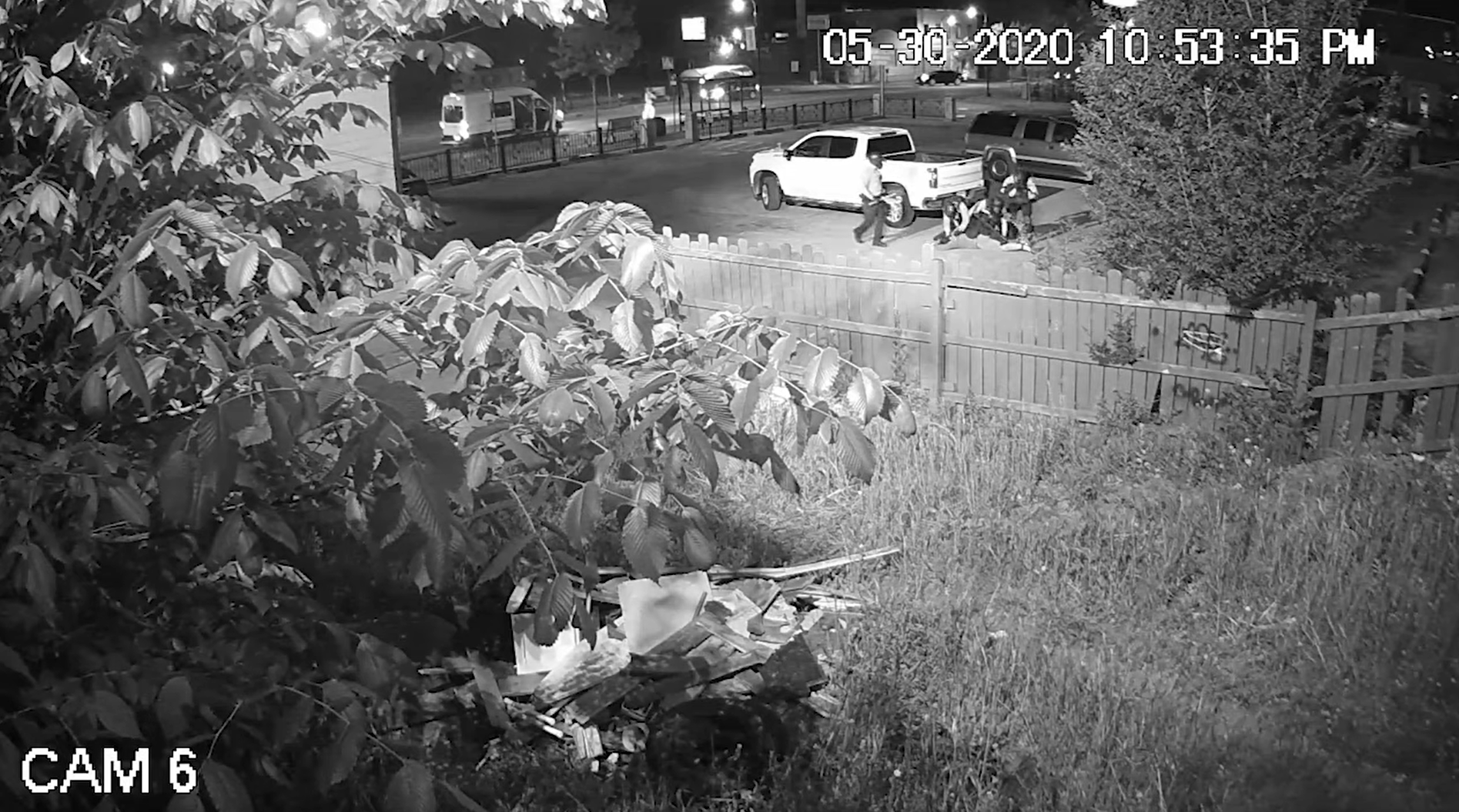Minneapolis to pay $1.5M to man beaten by police during George Floyd protests

Security camera footage shows Minneapolis police officers surrounding, kicking and punching Jaleel Stallings after he returned fire in self-defense.
Screenshot of footage
Go Deeper.
Create an account or log in to save stories.
Like this?
Thanks for liking this story! We have added it to a list of your favorite stories.


